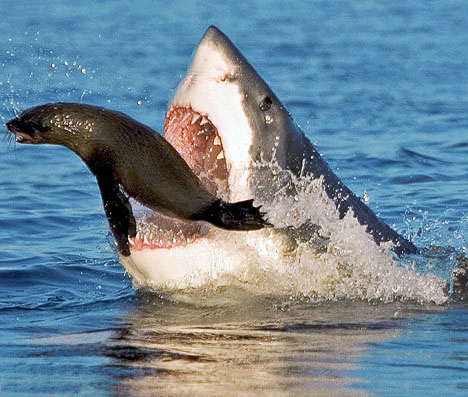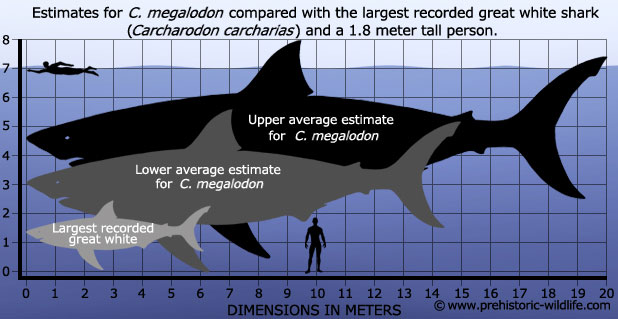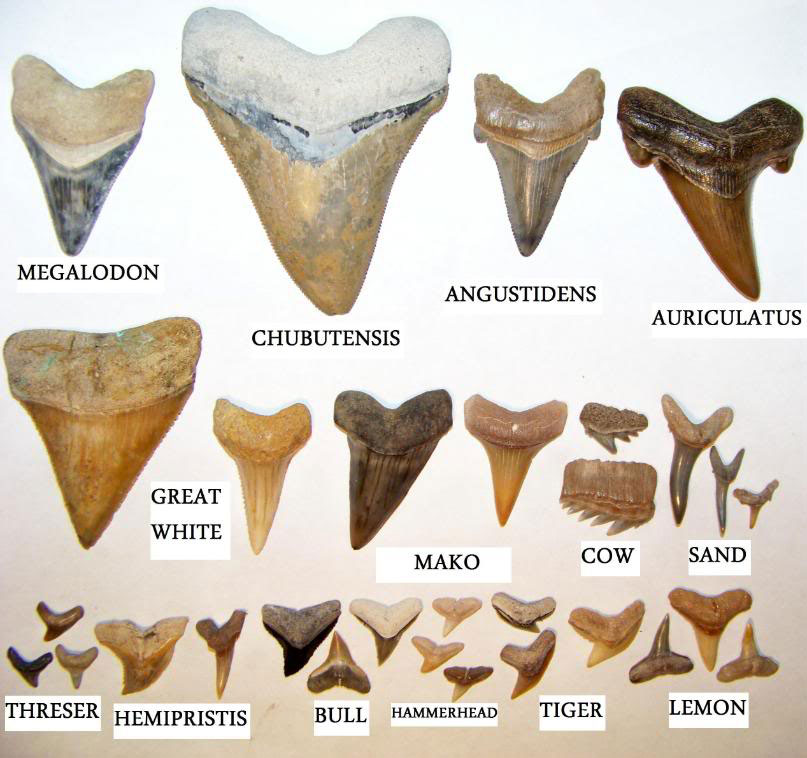Surprise Your Friends with These Amazing Shark Facts! – Galapagos Sharks

Sharks are an important part of Hawaii’s eco-system. Hawaii has approximately 40 different shark species that call its waters home. These include some of the sharks you see on our tour – such as Galapagos Sharks, Sand Sharks, Tiger Sharks, Whale shark, Grey Reef shark and more.

The typical shark diet includes fish, turtles, squid, sea snakes, rays, Hawaiian monk seals, and dolphins. Occasionally they’ll eat birds, dogs, trash, pieces of boat, human beings, and even each other.

Sharks are more active for hunting during the time right before sunset and sunrise, and night. They prefer murky unclear water because they can use their ampullae of Lorenzini organs to sense the electrical fields in their prey and attack them easily, though they cannot see it. In turn, sharks can be invisible to their prey, a good thing when they are a couple of meters long and hundreds of pounds. Their size makes them easy to see and avoid for prey in the clear water.

Sharks typically hunt for fish, turtles, dolphins and seals during the low light times of dusk and dawn. Sharks can detect the faint electrical fields given off by all living organisms, and even by the magnetic field of the earth! As they recon the water, receptors on the sharks’ snouts allow them to locate their prey without seeing it.
General characteristics of sharks include:
- five to seven external gill slits on each side of the head (with no protective gill cover as in bony fishes);
- skin covered with placoid scales known as denticles;
- teeth that are regularly shed and replaced;
- an upper jaw that is not firmly attached to the skull; and
- usually a heterocercal tail in which the upper lobe is longer than the lower one.

Because sharks don’t have bony skeletons, the only body parts that persist over time are their teeth. Fossils of complete sharks are rare. Paleontologists rely mostly on fossilized teeth, scales and more calcified vertebrae to piece together their history. The body shape of most shark groups has changed little from those found in the fossil record.
One intriguing fossil shark is Carcharodon megalodon, one of the largest sharks to have ever lived. Known only from its teeth, C. megalodon is believed to have been a close relative of the white shark. It is estimated to have reached a length of at least 40 feet, and may have weighed around 20 tons. C. megalodon is thought to have fed on large fishes and mammals.

At North Shore Shark Adventures we hope our shark tour is a life changing experience for you. So many people are fearful of sharks but they are integral to the ocean’s eco-system and should be respected but not feared!
NORTH SHORE SHARK ADVENTURES
Haleiwa Harbor
66-105 Haleiwa Rd
Haleiwa, HI 96712
Call 808.228.5900

